5 Ways to Limit BPA in Your Life
Intro
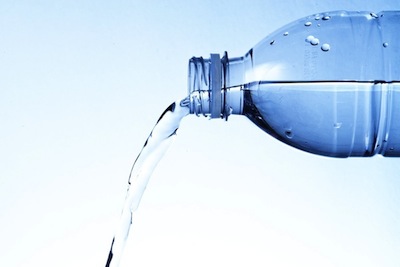
Bisphenol A, more commonly known as BPA, is a chemical used in making plastics, and is found in the linings of food and drink cans. The chemical is quite common – one study from the Centers for Disease Control and Prevention found that more than 90 percent of people in the U.S. have BPA in their urine.
People are exposed to BPA most commonly through food and beverages. However, dust and water can also be sources of exposure. BPA can leach into food from plastic containers, or from a can’s lining.
In recent years, researchers have raised health concerns over BPA's ability to mimic the hormone estrogen, and potentially disrupt the hormone system. Although the hormone-like properties of BPA are relatively weak, the widespread exposure of people to this chemical has motivated researchers and health officials to study the possible health effects.
So far, the study findings have been mixed, and scientists have not reached a consensus about whether BPA may harm human health. However, for people who are concerned about their chronic exposure to BPA, especially pregnant women and people caring for young children, there are ways to limit the exposure.
Here are a few ways that the U.S. Food and Drug Administration and the National Institutes of Health recommend to limit exposure to BPA.
Note the recycling code
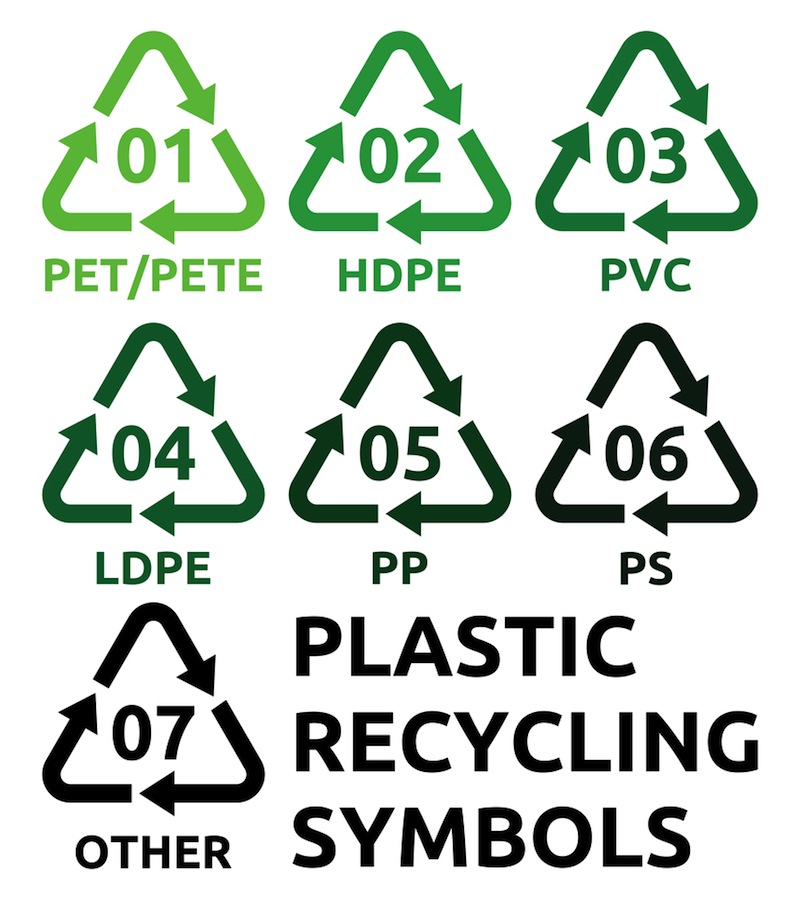
Plastic containers are marked with recycle codes on the bottom, called resin identification code. Avoid using plastic containers with code 3 or 7, because some plastics marked with these codes may be made with BPA.
Reduce canned food
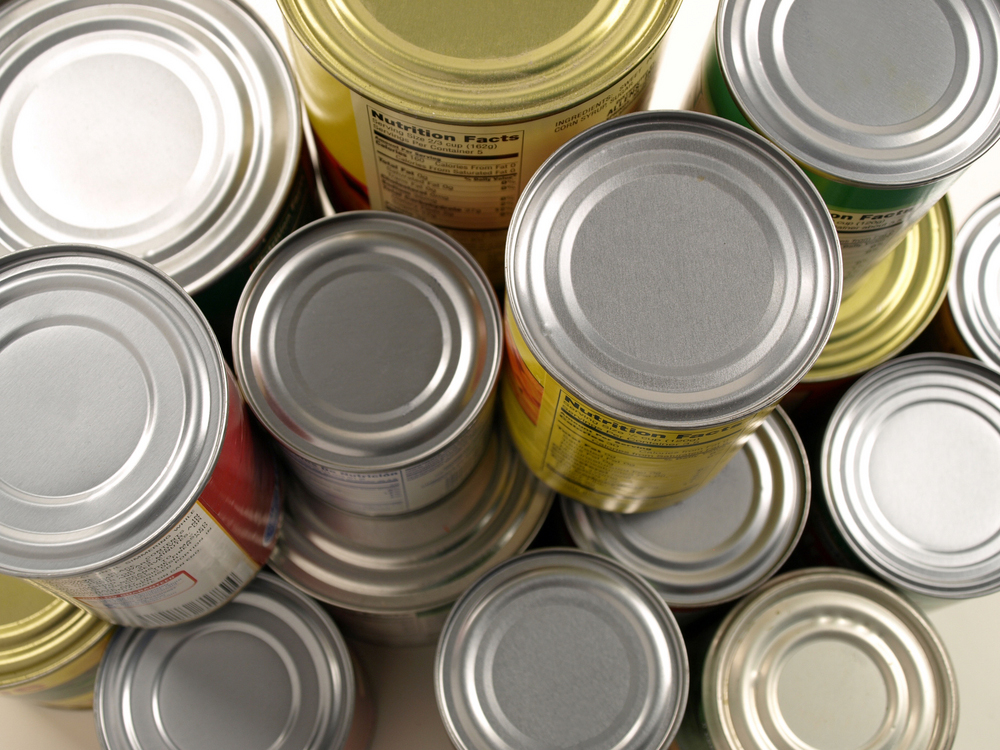
Canning was developed as a method to preserve food, and to reduce the weight of glass jar containers used to ship food to army men about 200 years ago. Although an amazing invention, canning has some potential hazards.
In a process called migration, BPA used in lining of cans may leach into the food content, especially liquid foods such as soups and sauces. In order to reduce exposure to BPA, as well as other health effects of eating too much processed food, cut down on cans.
Choose non-plastic containers
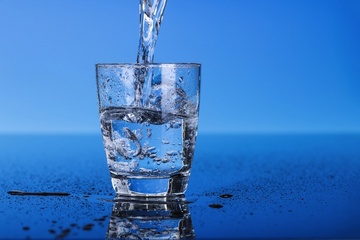
There are many alternatives to plastics containers, including glass, ceramic, wood, porcelain and stainless steel containers. Most of these alternative can be reheated safely and are durable. Moreover, cutting down on disposable plastic food boxes and bottles with a few permanent containers can cut costs, and protect the environment as well.
Use new
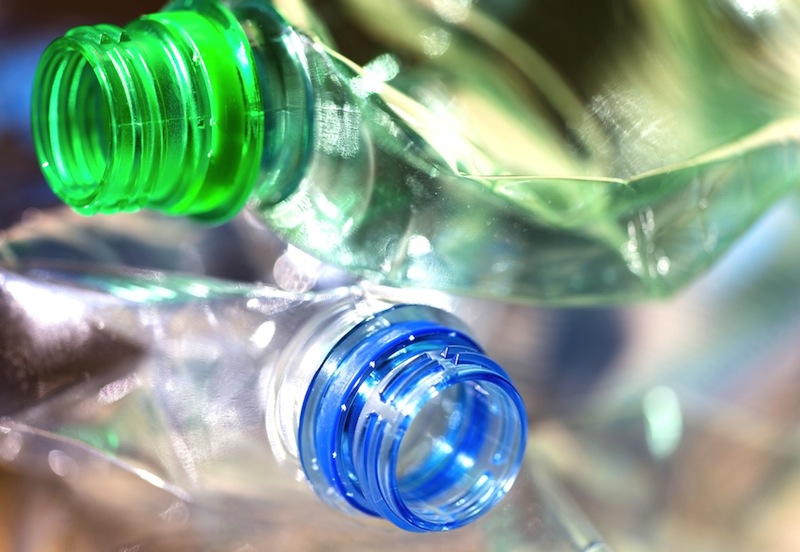
Don’t use bottles that are scratched. If they are made with BPA, scratches result in greater release of the chemical. Moreover, tiny scratches are a convenient place for bacteria to grow.
Don't Overheat

Do not put very hot or boiling liquids in plastic containers that are made with BPA. The chemical breaks free from the container more easily in high temperatures.
Similarly, don’t microwave polycarbonate plastic food containers. Polycarbonate is strong, durable and resistant to scratch, but over time it may break down, and can release BPA at high temperatures.
Sign up for the Live Science daily newsletter now
Get the world’s most fascinating discoveries delivered straight to your inbox.











